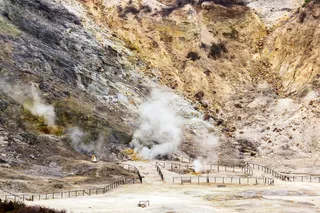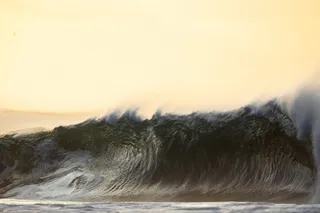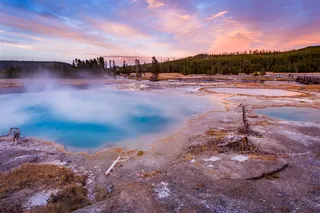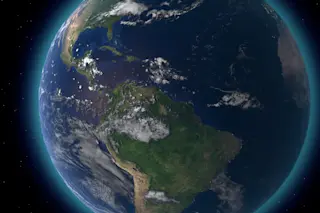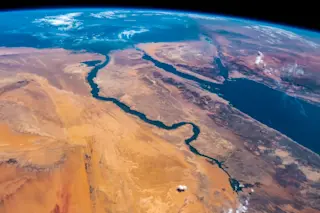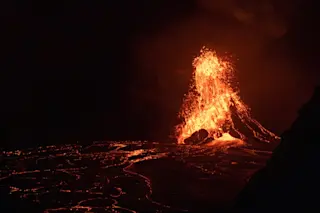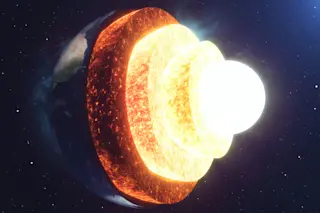The unrest at White Island continues, although GNS Science has lowered the aviation threat level from Orange to Yellow. In the past, I've written about the potential dangers of the tourist trips that drop off people inside the crater at White Island. Explosions can occur at a restless volcano like this unexpectedly, and with little-to-no escape route, it still strikes me as a disaster waiting to happen. Case in point, check out the video (above) of an explosion on Friday (October 11) night at White Island taken from the webcam positioned within the crater itself. The video is a little dark because, well, it is nighttime, but at around 10 seconds (note: video is sped up by 5 times), you can see an explosion occur that quickly inundates the camera. The brief flashes of light are volcanic lightning, which supports the idea that the eruption was mostly older material fragmenting in a phreatic (steam-driven) explosion. Tourists get right into that crater, so if this explosion occurred during the day when tours were happening, there would have likely been severe injuries if not something worse. A picture of the crater floor (below) from Sunday (October 12) shows the new apron of debris from Friday night's explosion.
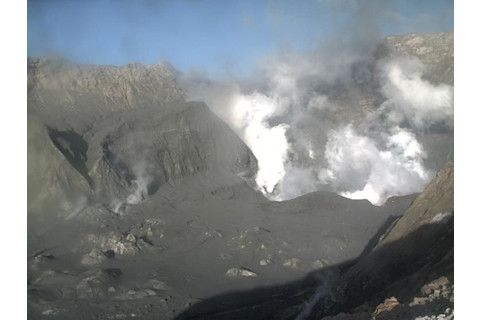
The dark grey apron of volcanic debris from an explosive eruption on Friday October 11, 2013 at White Island in New Zealand, seen on October 13. Image: GNS Science. Directly after the explosion, the alert level was raised to 2 and aviation threat level to Orange, but since that explosion, seismicity has settled down at the volcano, thus prompting the reduction in the aviation threat level. For those of you wondering why there are two scales, the alert level is for volcanic activity that would effect people on the ground or nearby, while the aviation threat level is for air traffic over the Bay of Plenty. The aviation threat tends to fluctuate more as it reflects the immediate hazard of ash in the air from an explosion, while the alert status reflects the longer-term state of the volcanic system. It is interesting to note that sulfur dioxide emissions at White Island are high -- close to 1000 tonnes/day -- which might suggest more magma continuing to rise within the system beneath the island. However, at this point, seismicity is down so it appears that there is no immediate threat of a larger eruption. However, as GNS Science notes, explosions like the one on Friday night should be expected -- we just don't know when they might occur. UPDATE: If you want to see some video showing what it is like in the White Island crater, check out this video by Bertrand Loyer and St. Thomas Productions. {Special thanks to Mike Ross for pointing this video out to me.}
Video: GNS Science/GeoNET




